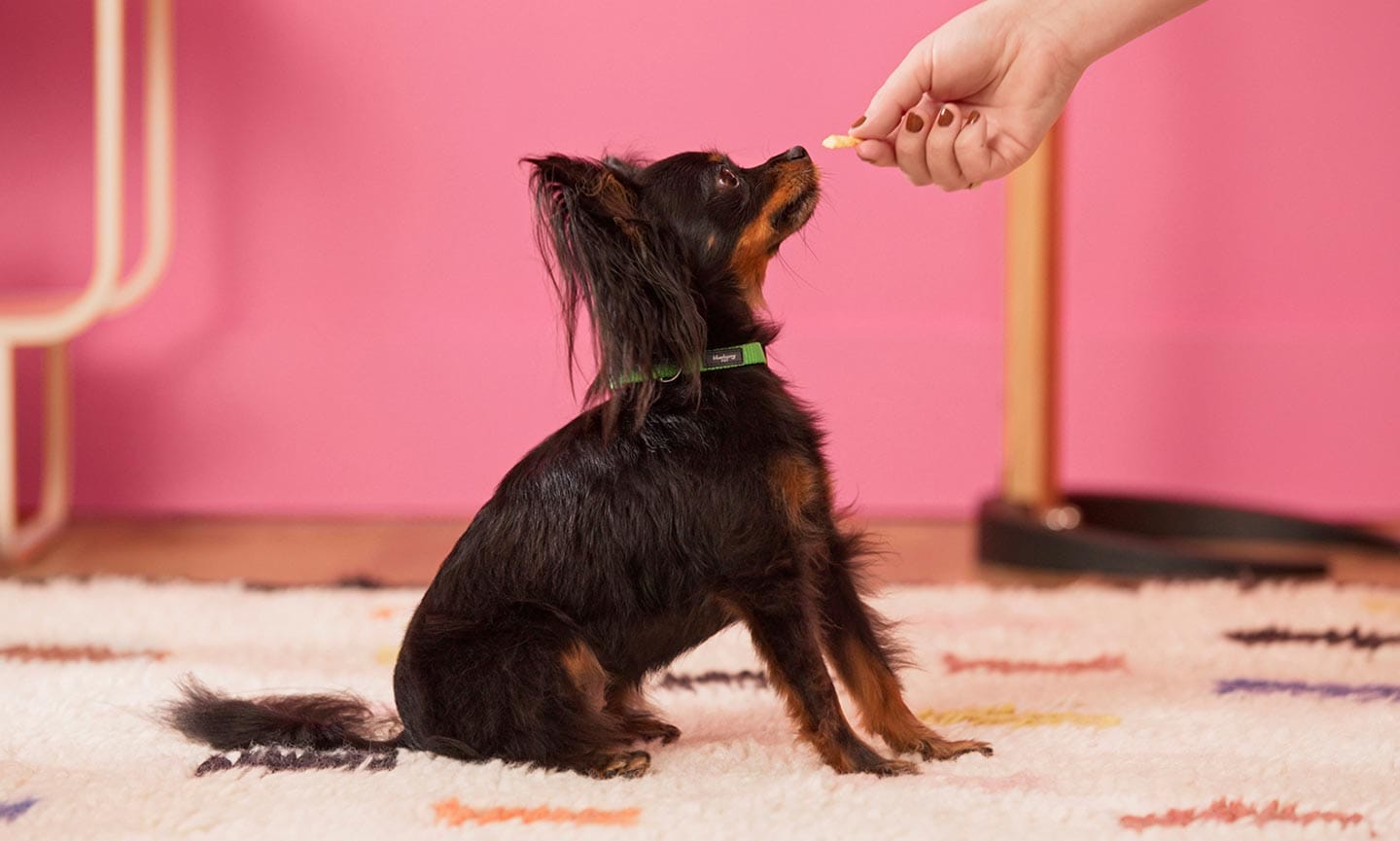Blog
How to Train a Dog to Sit: A Complete Guide
Training your dog to sit is one of the most fundamental commands in dog training. This simple behavior creates the foundation for more advanced training and helps establish you as the pack leader. In this guide, we’ll walk through the process step-by-step to help you successfully teach your dog this essential skill.

Why the “Sit” Command Matters
The sit command is important for several reasons:
- It provides mental stimulation for your dog
- Creates a default behavior when your dog doesn’t know what to do
- Helps manage excitement in various situations
- Builds the communication bond between you and your pet
What You’ll Need
Before starting your training session, gather these items:
- Small, high-value treats (something your dog particularly enjoys)
- A quiet environment with minimal distractions
- 5-10 minutes of dedicated training time
- Patience and a positive attitude
Step-by-Step Training Method
1. Choose the Right Moment
Select a time when your dog is calm but alert. Avoid training when they’re overly excited, tired, or just after a meal.
2. Get Your Dog’s Attention
Hold a treat close to your dog’s nose, letting them smell it but not take it.
3. Guide the Sitting Motion
Slowly move the treat up and slightly back over their head. As your dog follows the treat with their eyes, their bottom will naturally lower to the ground.
4. Mark the Behavior
The moment their bottom touches the floor, say “yes!” or click your clicker (if using clicker training) and immediately give them the treat.
5. Add the Command
Once your dog reliably follows the treat into a sitting position, start saying “sit” clearly just before you move the treat. This helps them associate the word with the action.
6. Practice Consistently
Repeat this process 5-10 times in each training session, keeping sessions short but frequent.
7. Phase Out Food Luring
After several successful sessions, begin gradually eliminating the treat lure:
- Start by making the hand motion without holding a treat
- When they sit, reward them from your pocket or treat pouch
- Eventually use just the verbal command without the hand signal
Troubleshooting Common Issues
If your dog jumps up: You might be holding the treat too high. Keep it closer to their nose and move it more slowly.
If your dog backs up: Try training with your dog’s back against a wall or in a corner to prevent backward movement.
If your dog seems confused: Break down the steps even further and reward any movement in the right direction.
Tips for Success
- Train before mealtimes when your dog is more motivated by treats
- Keep sessions short (3-5 minutes) but train multiple times per day
- Always end on a positive note
- Practice in different locations once the behavior is reliable
- Be patient—some dogs learn faster than others
Conclusion
Training your dog to sit is about consistency, clear communication, and positive reinforcement. Remember to keep training sessions fun and rewarding for both you and your dog. With patience and practice, your dog will master this skill and be ready for more advanced training.
Would you like to learn more about dog training basics? Follow our blog for more helpful guides and tips for raising a well-behaved canine companion. This article was created for starluxetee.com – Your destination for pet care guidance and more.

